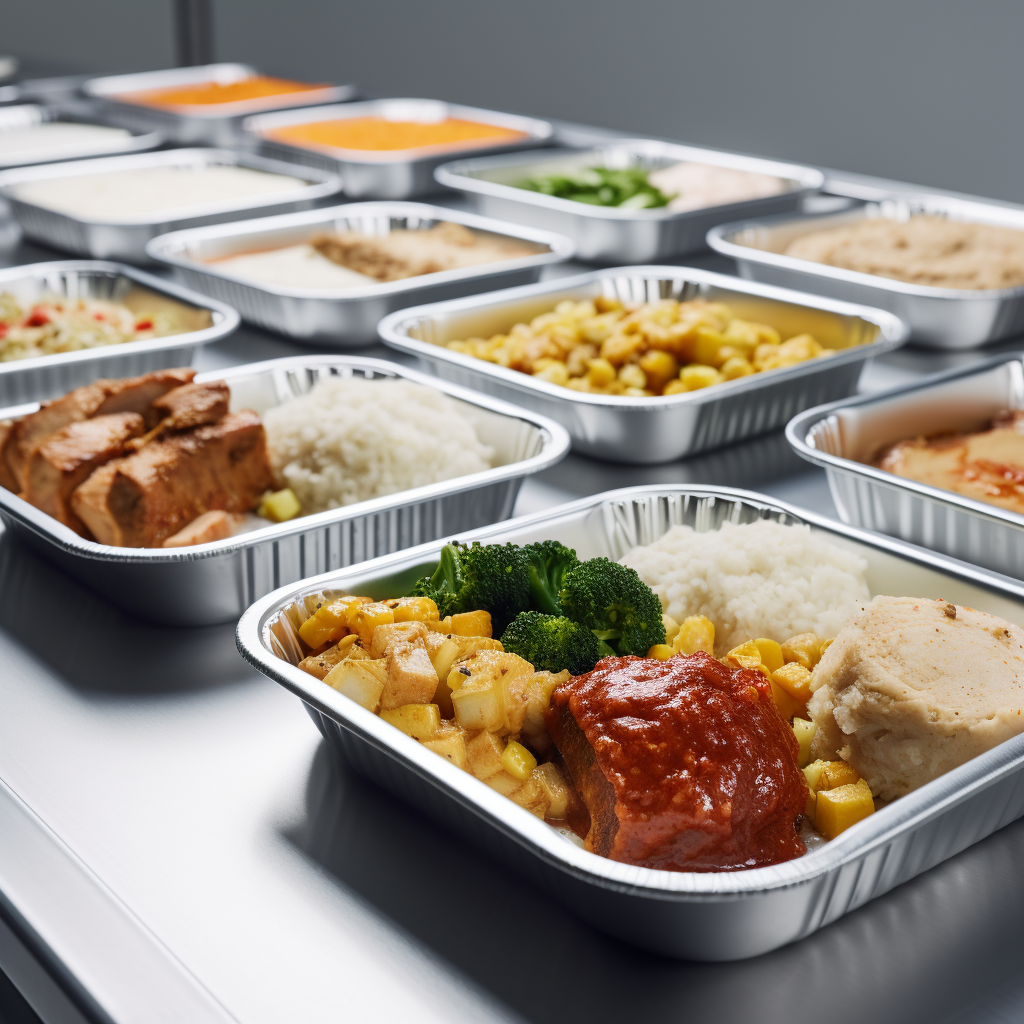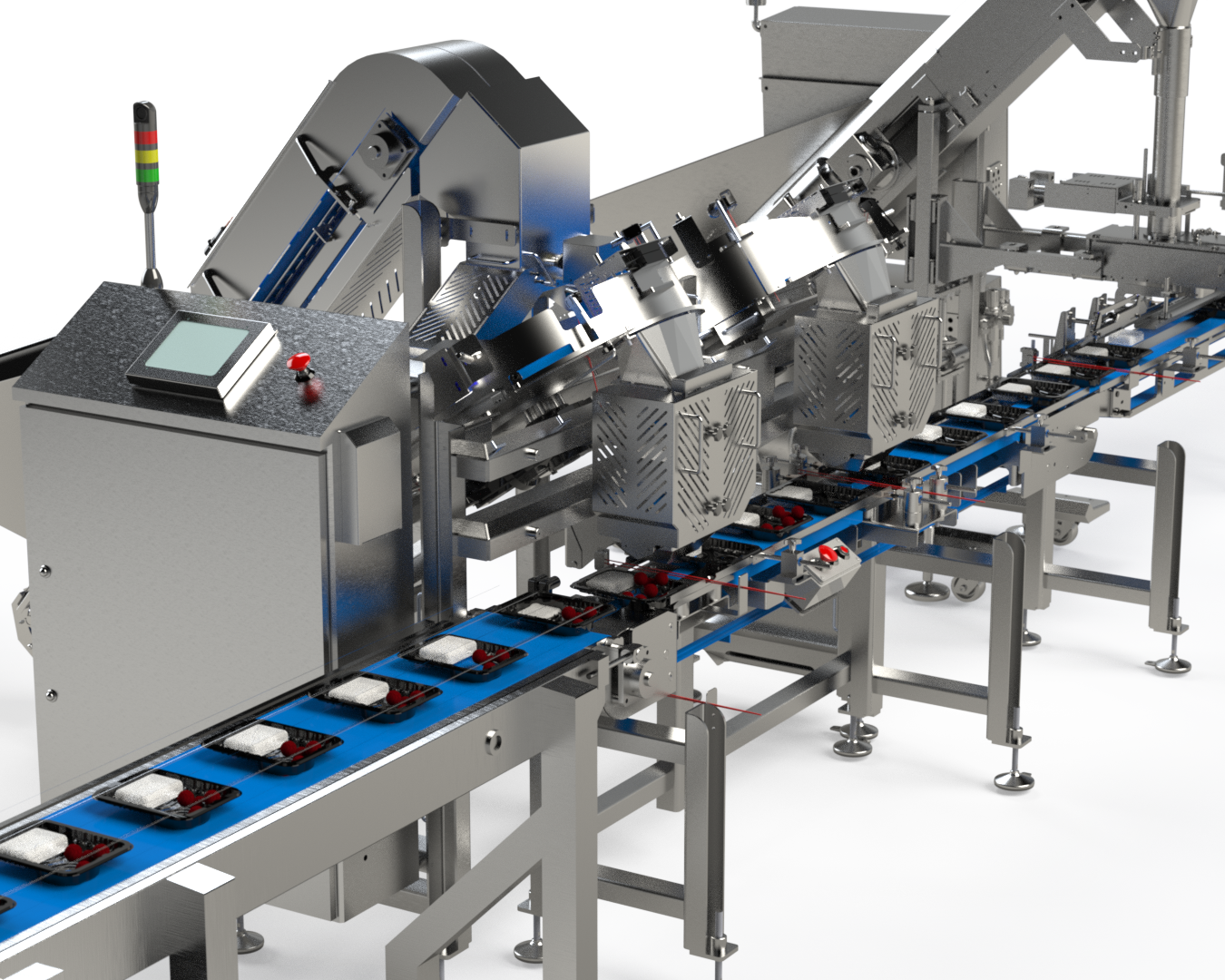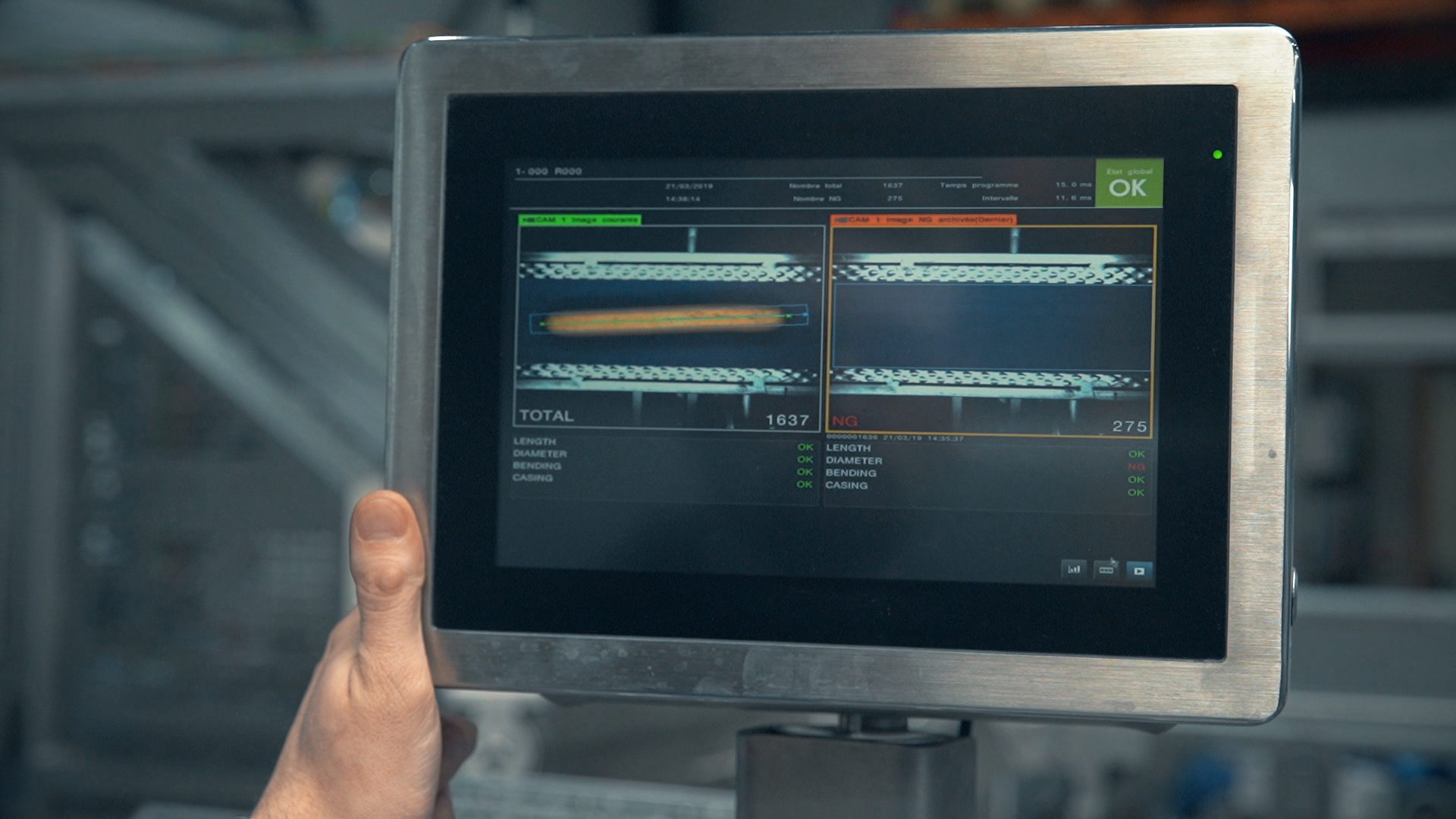Hygiene & sanitation in food processing
When operating a food processing plant, hygiene is one of your most important considerations. Good hygiene is not only a legal prerequisite, it also helps maintain the quality of your product, thus preserving your reputation and keep your customers happy and loyal. Every aspect of your operation should be set up and maintained with hygiene in mind. A manufacturer of quality filling equipment will also ensure that its equipment is designed and built for safe and hygienic operation.
Food safety and sanitation
There are ten principles that inform the design and engineering of quality, hygienic food filling machines:
- Easy cleaning to a microbiological level.
- Materials that are compatible with cleaning and hygiene needs, such stainless steel.
- Accessibility for inspection and cleaning. Machines must be easy to open and dismantle so that they can be checked and cleaned thoroughly.
- Hermetically sealed hollow areas.
- Exclusion of any niches where food debris might collect and where bacteria and molds might grow.
- Sanitary operational performance.
- Hygienic design of maintenance enclosures.
- Hygienic compatibility with other plant systems.
- Design that facilitates cleaning and sanitizing protocols.
All of
Multi-Fill’s machines are engineered with these principles in mind. They are designed to be as sanitary and straightforward to clean as possible. All of our surfaces are designed with a pitch to shed water and prevent pooling. We also include full washdown instructions with every machine. You will not require any tools to clean our machines - they can be disassembled and reassembled quickly and easily by hand. The process takes only a few minutes.
Multi-Fill’s carefully engineered
volumetric filling machines will fit easily into any filling system, while being compliant with all food safety and hygiene requirements.
Contact us for more information.
Designing a food filling line: Product is king

















